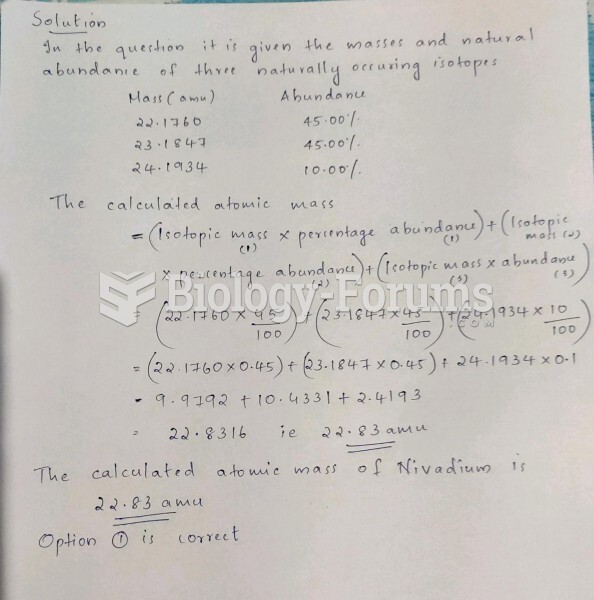Definition for Vessel element
From Biology Forums Dictionary
1) A type of plant cell that conducts water, along with dissolved minerals and certain organic compounds.
2) A vessel element is one of the cell types found in xylem, the water conducting tissue of plants. Vessel elements are typically found in the angiosperms but absent from most gymnosperms such as the conifers.
Vessel elements are the building blocks of vessels, which constitute the major part of the water transporting system in the plants where they occur. Vessels form an efficient system for transporting water (including necessary minerals) from the root to the leaves and other parts of the plant.
In secondary xylem, a vessel element originates from a fusiform initial in the cambium, at maturity the protoplast dies and disappears, but the lignified cell walls persist. It may be seen as a dead cell, which still has a function, and is still being protected by surrounding living cells.
The cell wall is strongly lignified. At both ends there are openings that connect the individual vessel elements. These are called perforations or perforation plates. These perforations may have a variety of shapes: the most common are the simple perforation (a simple opening) and the scalariform perforation (several elongated openings on top of each other in a ladder-like design). Other types include the foraminate perforation plate (several round openings) and reticulate perforation plate (net-like pattern, with many openings). The side walls will have pits, and may have spiral thickenings.
The presence of vessels in xylem has been considered to be one of the key innovations that led to the success of the flowering plants. It was once thought that vessel elements were an evolutionary innovation of flowering plants, but their absence from some basal angiosperms and presence in some members of the Gnetales suggest that this hypothesis must be re-examined; vessel elements in Gnetales may not be homologous with those of angiosperms, or vessel elements that originated in a precursor to the angiosperms may have been subsequently lost in some basal lineages (e.g., Amborellaceae, Tetracentraceae, Trochodendraceae, and Winteraceae), described by Arthur Cronquist as "primitively vesselless". Cronquist considered the vessels of Gnetum to be convergent with those of angiosperms.
Vessel-like cells have also been found in the xylem of Equisetum (horsetails), Selaginella (spike-mosses), Pteridium aquilinum (bracken fern), Marsilea and Regnellidium (aquatic ferns), and the enigmatic fossil group Gigantopteridales. In these cases, it is generally agreed that the vessels evolved independently. It is therefore not a stretch to believe that vessels may have appeared more than once among the angiosperms as well.



